Oslo's Christiania Torv is one of the most charming and recognisable public squares in the Norwegian capital city. Here is its story and why you should visit.
I continue my exploration of Oslo by checking out one of its best-known public squares, Christiania Torv. Just steps away from the mighty Akershus Fortress, the square is a popular spot to enjoy a coffee or lunch, or simply people-watch.
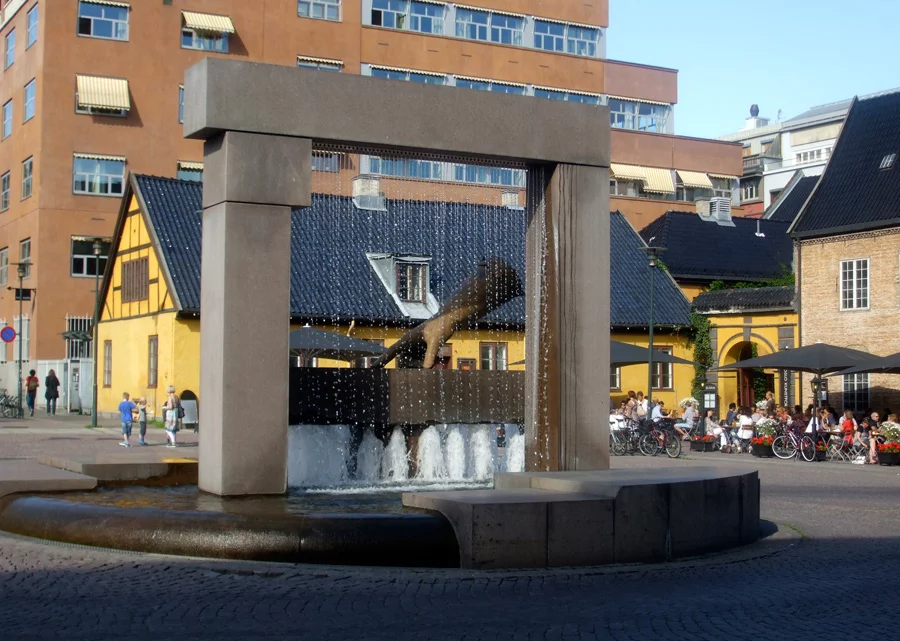
Named after the former name of Oslo, the square is an important cultural heritage landmark of the city. The intriguing blend of architectural elegance, historical richness, and vibrant contemporary life makes it a must-visit for anyone wanting to explore the essence of Oslo.
Let's take a look at some of the square's highlights, starting with the most prominent.
Hand sculpture
It's perhaps best known for its hand sculpture and fountain, said to symbolise the point at which King Christian IV decided to rebuild the city.
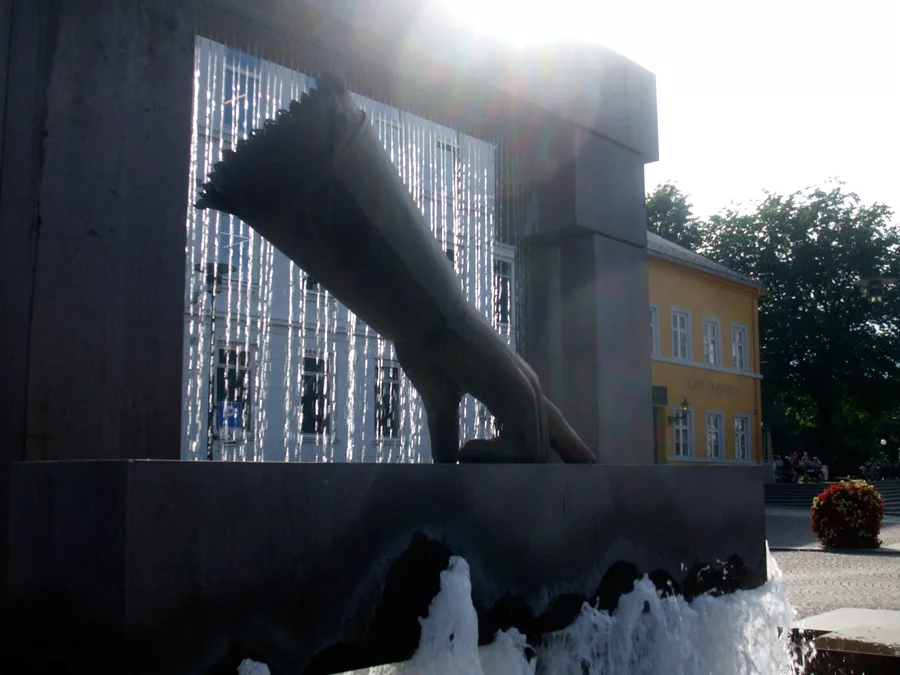
It's an interesting chapter in the city's history. Then ruled from Denmark, medieval Oslo stood to the east of where today's city centre lies.
Its wooden houses frequently succumbed to fire and after yet another blaze destroyed much of the city in 1624, Danish ruler King Christian IV ordered a new city be built across the bay. He named that city Christiania. Nothing like an ego trip hey!?
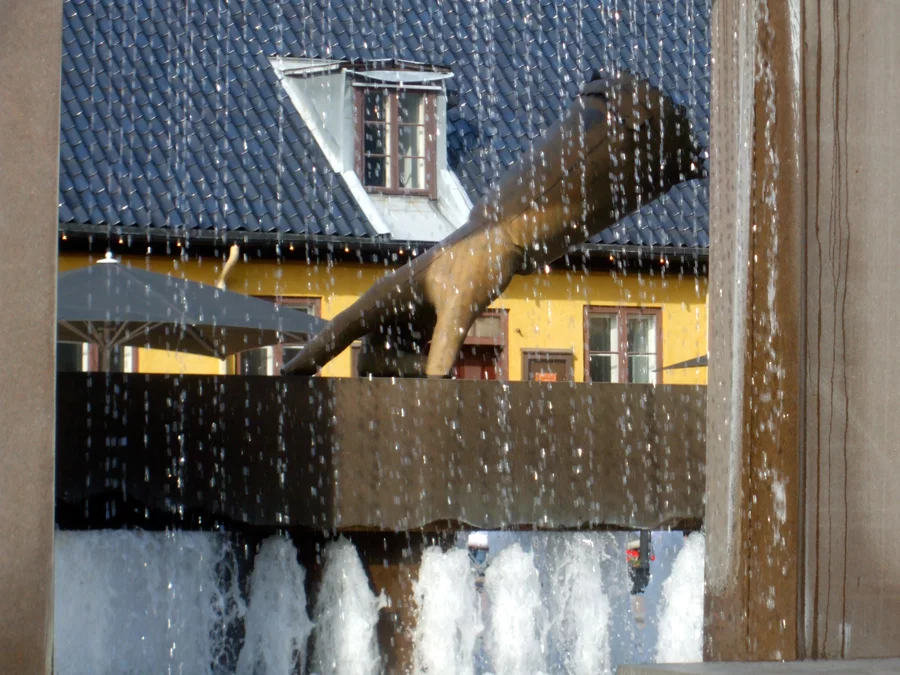
This bronze hand, pointing towards the ground, stands as a reminder of the city's rebirth and the king’s vision. It's a popular spot for both locals and tourists, symbolizing the enduring spirit and resilience of Oslo and its inhabitants.
Architecture
Surrounding the square are historic and beautifully preserved buildings, featuring a range of architectural styles. The buildings house a variety of shops, cafes, and restaurants, creating a vibrant and bustling atmosphere.
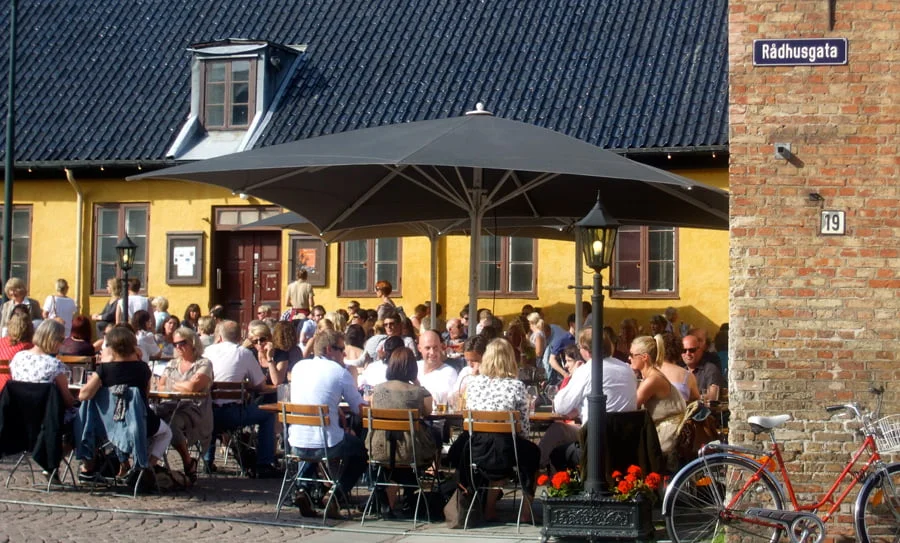
Visitors can explore Norwegian design stores, dine in exquisite restaurants serving local and international cuisine, or simply enjoy a coffee while absorbing the square's historical ambiance.
To continue the very brief lesson about the history of Oslo, Christiania became Norway's capital again when independence was gained in 1814. From 1925, the city was once again known as Oslo.
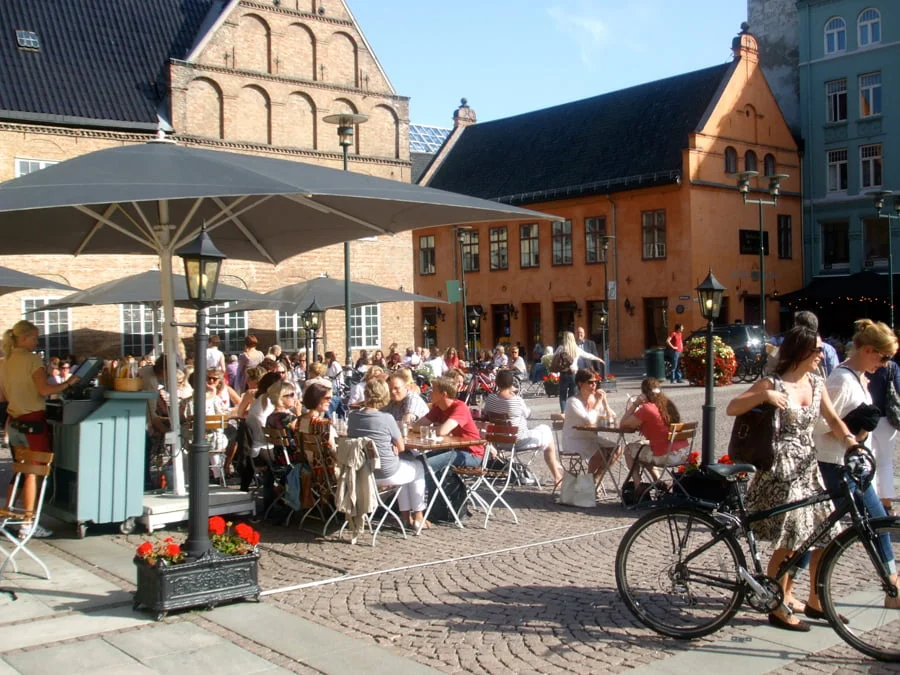
The square surrounding the hand of King Christian IV reeks of history, its cobbled streets, old bookshop and outdoor cafes creating a fascinating mix of old Christiania and modern Oslo. It's even better on a glorious sunny day.
Have you ever been to Christiania Torv? What's your favourite spot in Oslo? Let me know in the comments.


Independence in 1814 didn’t last long…. Did you know that the Swedish king had separate dress uniforms for when in Sweden (dark blue with yellow piping) and Norway (pretty much identical except the piping was red)? Apparently he used to get changed at the border!
1814 was when The Constitution was signed (In Eidsvoll) on 17. mai.
http://en.wikipedia.org/wiki/Constitution_of_Norway
Indepedence was gained in 1905 (Our Independence Day is 7th juni)
http://en.wikipedia.org/wiki/Dissolution_of_the_union_between_Norway_and_Sweden_in_1905
Wendy Says: Your comment is awaiting moderation.
*taps foot*